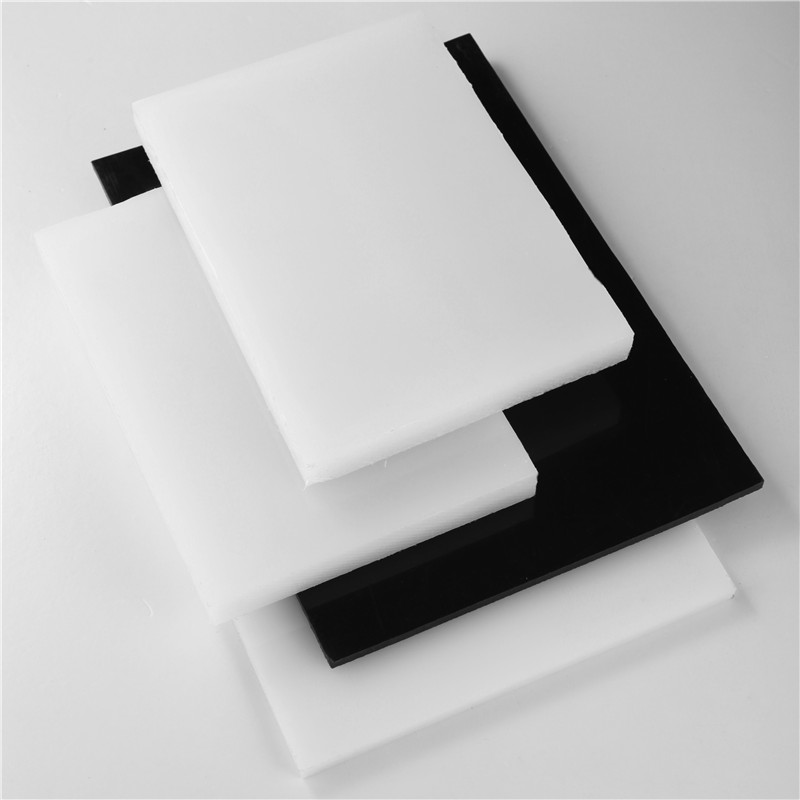Dec . 10, 2024 20:11 Back to list
Types and Applications of Structural Pipe Fittings for Various Industries
Understanding Structural Pipe Fittings A Comprehensive Overview
Structural pipe fittings are essential components in a range of construction and engineering applications, providing the necessary connections and support within structural frameworks. Crafted from various materials, including steel, aluminum, and plastic, these fittings play a crucial role in ensuring the integrity and durability of structures, whether they are used in residential, commercial, or industrial settings.
The Importance of Structural Pipe Fittings
Pipe fittings serve multiple functions in construction projects. They enable the joining of different sections of piping, facilitating changes in direction, orientation, or size. These fittings are vital in plumbing systems, HVAC installations, and scaffoldings, ensuring that the entire system operates efficiently and safely.
Moreover, structural pipe fittings enhance the load-bearing capacity of a framework. In construction, they connect pipes and tubes that support different loads and stress conditions. The appropriate selection of fittings can significantly influence the performance and longevity of the installed system. Therefore, engineers and architects must choose the right type of fitting material and design based on the specific requirements of their projects.
Types of Structural Pipe Fittings
There are several types of structural pipe fittings, each designed for particular applications and purposes
. Common types include1. Elbows Used to change the direction of the piping, elbows come in various angles, typically 45 or 90 degrees. They facilitate smooth transitions in pipe layouts, making them ideal for altering the direction of fluid flow.
2. Tees These fittings allow for branching in a piping system, providing a connection to additional pipes at a right angle. Tees can either be equal (same diameter on all connections) or reducing (different diameters).
3. Reducers Used to connect pipes of different diameters, reducers ensure a smooth transition and minimize turbulence in fluid flow. They are crucial in systems where varying flow rates and pressures are involved.
structural pipe fittings

4. Couplings These are short fittings used to connect two sections of pipe. They provide a straightforward way to extend a line or connect two pieces of the same diameter.
5. Flanges Flanges are circular pieces that allow two sections of pipe to be connected with bolts. They provide a detachable connection, making maintenance or alteration of the piping system easier.
Materials Used in Structural Pipe Fittings
The choice of material for structural pipe fittings is crucial in determining their performance and suitability for a specific application. Common materials include
- Steel Known for its strength and durability, steel fittings are ideal for high-pressure applications. They are often used in industrial settings where robustness is essential.
- Stainless Steel Resistant to corrosion and rust, stainless steel fittings are commonly used in plumbing and food processing industries. Their longevity makes them a popular choice for both residential and commercial applications.
- Aluminum Lightweight and resistant to corrosion, aluminum fittings are used in applications where weight is a significant consideration, such as in scaffolding.
- PVC and CPVC These plastic fittings are common in residential plumbing and irrigation systems. They are lightweight, easy to install, and resistant to corrosion, making them suitable for various applications.
Conclusion
In conclusion, structural pipe fittings are integral to modern construction and engineering. Their various types and materials cater to a wide array of applications, ensuring that systems are reliable, efficient, and safe. When designing a project, it is essential for engineers and builders to understand the characteristics and functionalities of different fittings, allowing for optimal selections that enhance the overall performance of the structural framework. By prioritizing quality fittings, stakeholders can ensure the longevity and safety of their constructions.
-
High-Quality PPR Pipes and Fittings Durable ERA PPR & PVC PPR Solutions
NewsJul.08,2025
-
Black HDPE Cutting Board - Durable, Non-Porous & Food Safe HDPE Plastic Cutting Board
NewsJul.08,2025
-
High-Quality CPVC Panel Durable HDPE & PVC Panels Supplier
NewsJul.08,2025
-
Double PE Welding Rod Supplier - High Strength, Durable & Versatile Welding Solutions
NewsJul.07,2025
-
High-Quality PVC-O Pipe Supplier Durable 75mm PVC Pipe & Connections Leading PVC Pipe Company
NewsJul.07,2025
-
HDPE Drainage Pipe Supplier – Durable & Corrosion-Resistant Solutions
NewsJul.06,2025

